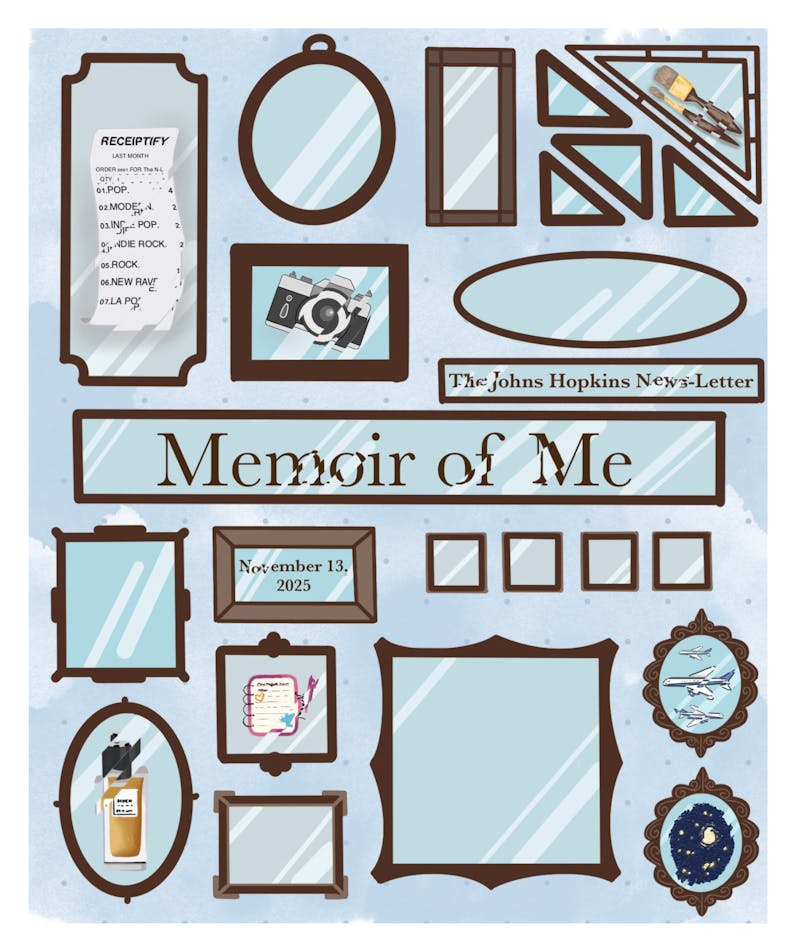The Senseable City laboratory at the Massachusetts Institute of Technology is using Digital Derive, a system that analyzes data collected voluntarily and anonymously from cellular phone users to track the areas of highest popularity in cities. According to the lab, Digital Derive is a tracking tool that simultaneously establishes the location of many cell phone users at any given time. Data concerning the location of calls, the call destination and user position is combined to generate real-time maps with peaks at the highest activity locations and valleys at the lower. The shifting maps display the dynamics of the movements of the populace. The research team, headed by Dr. Carlo Ratti, is conducting its project in Graz, Austria.
According to Ratti, "For the first time ever we are able to visualize the full dynamics of a city in real-time. This opens up new possibilities for urban studies and planning. The real-time city is now real: a system that is able to continuously sense its condition and can quickly react to its criticalities."
The maps generated by Digital Derive provide information that may be useful to city planners, designers, traffic planners and emergency workers to get a more accurate understanding of where the areas of highest population density are in a given city. Digital Derive'smaps are powerful tools for this type of analysis, especially since the models generate a dynamic perception of a populace
Dr. Toru Ishida, the head of social informatics at Kyoto University in Japan, told ABC News of the potential applications of the Digital Derive maps. According to Ishida, "A tourist may go to the most crowded area to see what's going on, and others may go to a quiet area to enjoy the historical place. Taxi drivers want to come to a crowded area but avoid such areas after dropping off a customer."
Ratti and the creators of Senseable hope to expand this project in the future and present the information to help city planning and perhaps be available through the internet for public access. However, this issue raises many concerns such as how the information will be managed and whether everyone should be able to access it.
For the time being, people will be able to see the real-time maps of Graz from Oct. 1 through Jan. 8 at M-city, an exhibit at the Kunsthaus Graz. Visitors to the exhibit can participate in the exhibit by sending text messages to the server, and as Ratti indicates, this has not only an aesthetic appeal, but also a practical use.
According to Ratti, "This participatory act aims to engage [visitors] in the issues of social networks and distributed interaction, but also on the possible drawbacks of limited privacy and geographical surveillance."
Thus, the exhibit will demonstrate the power of the dynamic real-time maps while providing a forum for the public display of information displayed on the maps.


